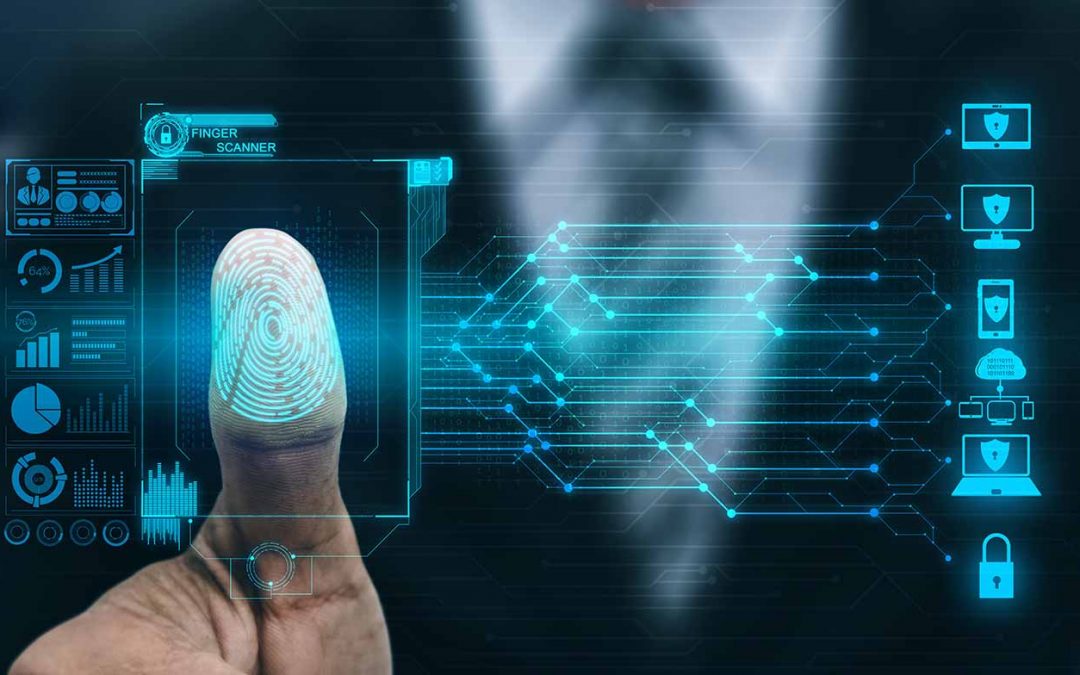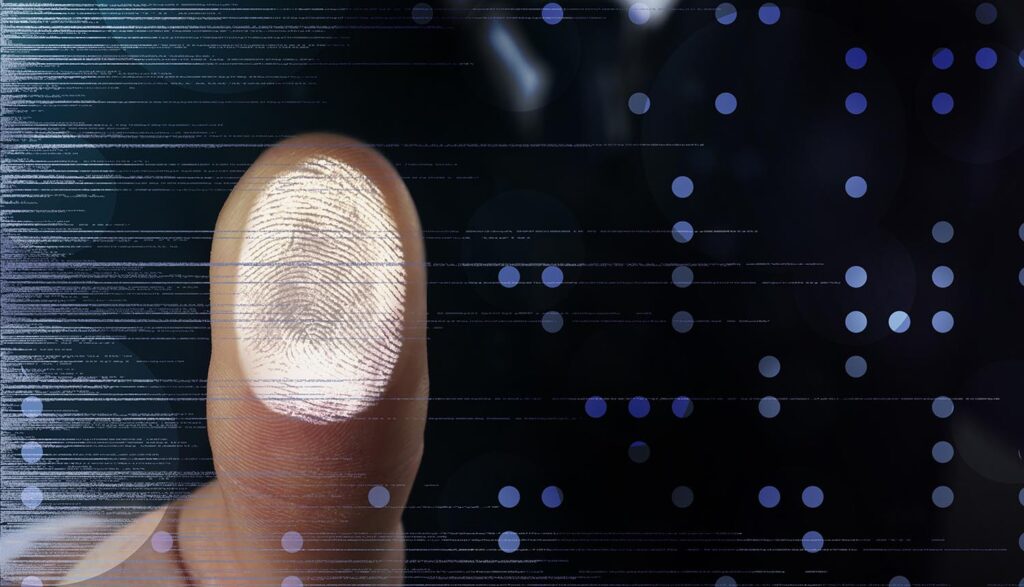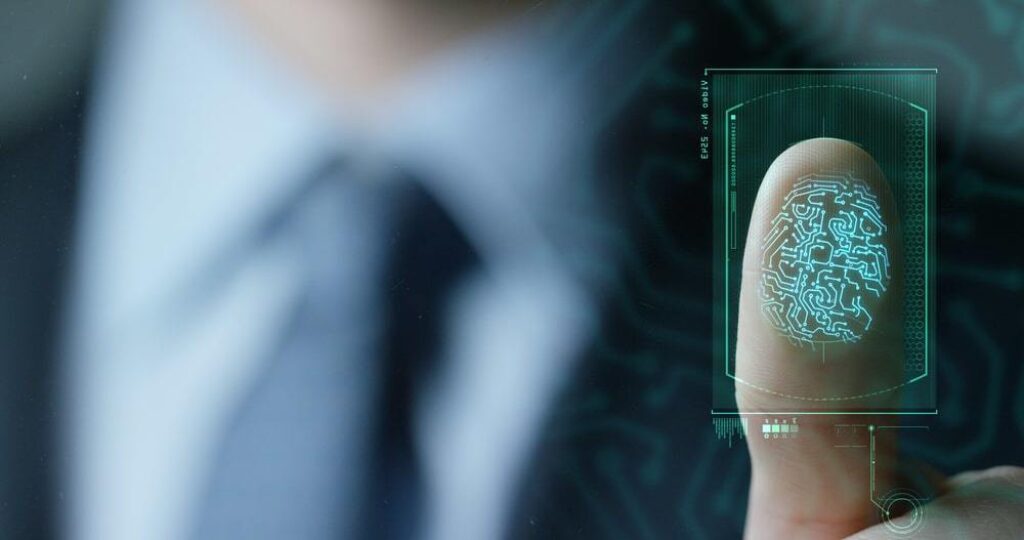
You might never have heard of biometric fingerprint technology before, but have you ever seen it in action? It’s not something that stays hidden away…it can be found in places like airports, government buildings, and banks. With its enhanced security capabilities, this modern technology is quickly becoming the go-to for businesses and organizations around the globe.
Table of Contents
Introduction to Biometric Fingerprint Technology

Source: biometricupdate.com
Biometric fingerprint technology is an increasingly popular form of authentication and identification, with many organizations relying on available fingerprint scanners to secure data and access sensitive information. It uses an individual’s unique fingerprints to identify them, which are stored in a database or referenced with a particular person’s identity.
It has proven itself as an effective security measure for companies, governments, and individuals requiring a higher level of privacy and protection for their data. Convenient and tamper-proof, it offers users the peace of mind that their information is inaccessible to unauthorized persons.
The level of detail present in biometric fingerprints makes reliable recognition possible by registering the same area of the finger at three different levels (e.g. ridge flow details, core location, and ridge count). Precisely because of these qualities, this technology is seen as a safe option for vendors dealing with delicate personal information or sensitive knowledge property.
Types of Biometric Readers
Fingerprint readers come in different forms depending on their purpose. Single-finger capture readers are designed for simple authentication purposes, such as unlocking a phone or logging into an account. Dual-finger capture readers can be used for more important identification processes because they require more than one fingerprint pattern to match before an authorization is granted. They are often found at airports and other high-security facilities.
There are also 10-finger capture devices that require all ten digits to be scanned in order to accurately recognize a user. Finally, palm captures use both fingerprints and the entire palm surface for authentication purposes and generally involve complex scanning hardware with multispectral imaging capabilities as well as sophisticated algorithms for analyzing 3D data from the hand surface.
Fields of appliance

Source: thomasnet.com
This technology is finding its way into many industries and applications due to its reliability and accuracy compared to traditional methods of authentication (e.g., passwords). For instance, healthcare companies use biometric fingerprint readers to securely share patient information between authorized personnel; banks use them for ATM authentication; physical access control systems use them to restrict entry into certain locations; and law enforcement uses them when verifying suspects’ identities or tracking down criminals through prints left behind at crime scenes.
In addition, this technology is becoming more widely adopted by businesses looking for ways to reduce fraud and increase security within their organizations—particularly those with remote workers who need secure access but cannot physically attend the office every day due to travel restrictions or other reasons related to physical distance. By requiring employees to use biometric authentication instead of relying solely on traditional passwords or usernames, businesses can reduce the risk of unauthorized access while still allowing employees flexibility in how they work remotely.
What are the benefits?
It is an extremely secure form of identification that uses the unique physical characteristics possessed by each individual. With biometrics, each person’s fingerprints are scanned to create a unique code that is used as a backup form of authentication to verify identity.
There are many ways that biometrics can be used to improve individual and organizational security:
- High accuracy: Incorrect identity verification is eliminated because there is no chance for mistakes when using this technology, which increases the accuracy of identification procedures.
- High speed: The process of scanning and verifying someone’s fingerprints can be done in fractions of a second, eliminating delays caused by traditional methods such as pin codes and passwords.
- Simplicity: Identification is much simpler than conventional methods; users simply place their finger on the scanner to gain access.
- Security: Because it relies on physical characteristics, biometric technology is extremely secure since it is impossible for someone else to know another user’s fingerprint details or use them without authorization.
- Accessibility: This technology can be used anywhere and anytime since it doesn’t require any extra hardware or manual input from users other than their fingerprints.
Is it accurate?

Source: ncr.com
To ensure accuracy, finger scanning technology uses two factors identification systems to verify identity. The first and most common of these is the one-to-one method where a person’s scanned fingerprint is compared against a stored sample of the same individual. This approach offers high security when properly employed and established databases only grant access to approved users.
The second method employed by finger scanning technologies is the one-to-many authentication system which compares a person’s scanned fingerprint with a database of registered identities in order to verify that person’s identity. This approach tends to be less secure than the one-to-one authentication method due to its reliance on large databases of often unencrypted data, but it can also be useful when user authentication needs to be done rapidly on large numbers of people such as in border control.
Fingerprint recognition technologies are highly accurate and capable of establishing personal identities with speeds much greater than those achievable by manual processes. The sensitivity of these systems can range from barely above chance levels to almost 100% accuracy depending upon the sophistication of the technology employed and how professionally it has been administered.
Is this technology secure?
The most common type of biometric security is based on a mathematical algorithm that works in conjunction with an individual’s fingerprint data. When an individual places his or her finger onto a reader, this data is compared against records in a database of authorized users that contain predetermined thresholds or criteria. If the template matches the predetermined criteria within the database, then it is deemed to be authentic and access is granted to the user as required; if not, then no access will be given.
Additional levels of protection can also be provided by ensuring that biometric materials are securely stored in digital form and encrypted (coding) meaning only users with access to passwords or keys could view them. The passwords or keys used to access the information should contain at least one character other than numbers or letters (e.g., a symbol such as !@#$%). Biometric devices typically feature tamper-detection circuitry which initiates an alarm if an unauthorized person attempt to disable or breach its security protocols – this increases safety even further by preventing malicious hackers from bypassing established biometrics protocols.
Conclusion
Biometric fingerprint technology is a powerful and reliable tool for keeping your data secure. By understanding how it works and the advantages it offers, you can make an informed decision about whether to implement this form of security in your business or home environment. As biometric fingerprint technology continues to become more sophisticated, its reliability will only grow further, making it one of the best options available today when looking to protect valuable information and resources.







